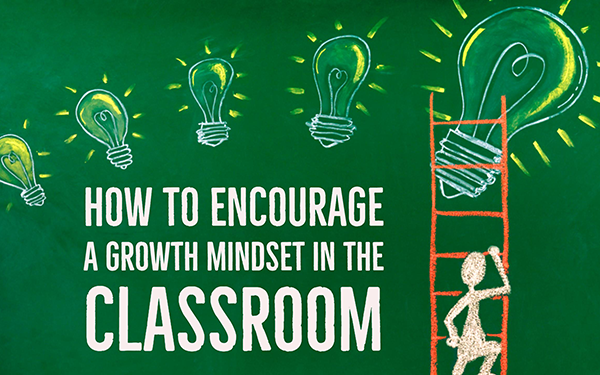How to Encourage a Growth Mindset in the Classroom
 Lucie Renard —
Lucie Renard —
Our mind can go two ways. Either it thinks it can do better, or it thinks you are doomed. That’s the biggest difference between a growth mindset and a fixed mindset.
In this post, I’ll explain both concepts and give you some tips on how to encourage a growth mindset in your classroom.
Fixed mindset versus growth mindset
Mindset
A mindset is an attitude, a disposition, a mood, an intention. It’s the way you think about something and the way you want to achieve something. Your mindset is the reason for failure. Your mindset is the reason for success. Your mindset holds your way of thinking and your opinions.
One person can have different mindsets. But when it comes to success, you can distinguish two important mindsets. One of them pushes you into the mud, the other gets you out and going again. The differences between a fixed mindset and a growth mindset can be compared with nature and nurture.
The fixed mindset
A fixed mindset binds you by your personality. People with a fixed mindset believe that nature decided that you are good at something or you are not. That’s it. They believe you can’t change the way you are, what you can do or can’t do. It’s fixed. It’s just the way they are. A fixed mindset is the most common and the most harmful.
So, what’s so bad about a fixed mindset? The fixed mindset believes trouble is devastating. If you aren’t that good at something, any setback or troubles will get you to quit.
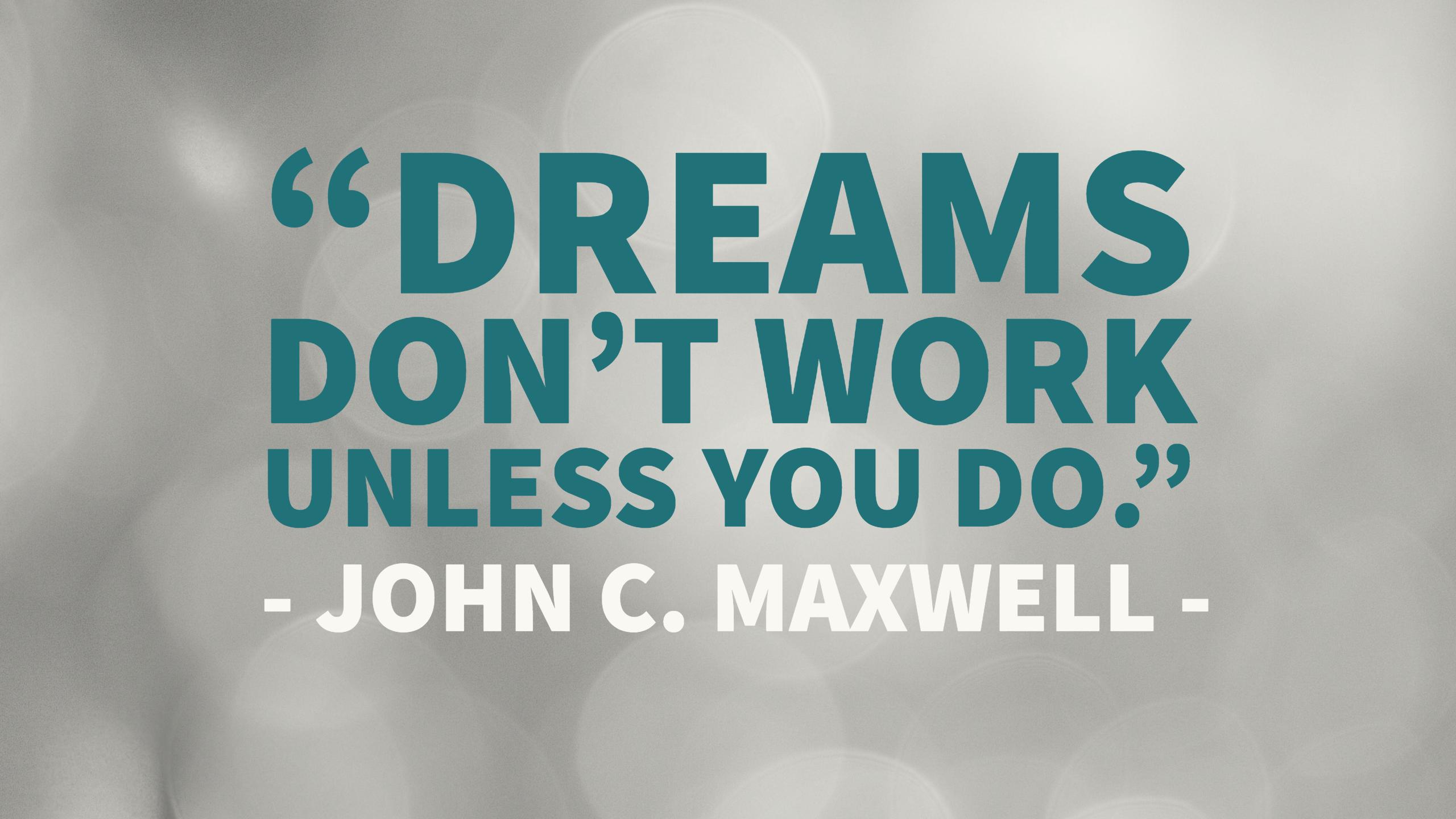
The growth mindset
Dream, belief and love. Basically the bests words to summarize a growth mindset. Dream big, belief in it and achieve what you love, while loving what you do. A growth mindset is a positive thing. It has no strings, no holdbacks, no limits.
People with a growth mindset believe anyone can be good at anything, because your abilities are entirely due to your own actions. Skills come from practice.
Implications for in the classroom
It’s important that you encourage your students to accept challenges, to go further and further, to exceed themselves. That’s not possible if your students are stuck in a fixed mindset. Those students will fall behind quicker than others.
Knowing how to distinguish a fixed mindset from a growth mindset is therefore very important. Take a look at these examples. You might recognize them in your students.
Recognizing a fixed mindset
Here are a few characteristics of someone with a fixed mindset and someone with a growth mindset:
| In a fixed Mindset | In a growth mindset |
|---|---|
| you want to hide your flaws so you’re not judged or labeled a failure. | your flaws are on your TO DO list of things to improve. |
| your true passion is a hidden inherent thing. | you try mastering valuable skills regardless of mood, knowing passion and purpose come from doing great work, which comes from expertise and experience. |
| failures define you. | failures are temporary setbacks. |
| you stick to what you know to keep up your confidence. | you keep up your confidence by always pushing into the unfamiliar, to make sure you’re always learning. |
| you believe if you’re in love with someone, you should share all of each other’s views, and everything should just come naturally. | you believe a lasting relationship comes from effort and working through inevitable differences. |
| it’s all about the outcome. If you fail, you think all effort was wasted. | it’s all about the process, so the outcome hardly matters. |
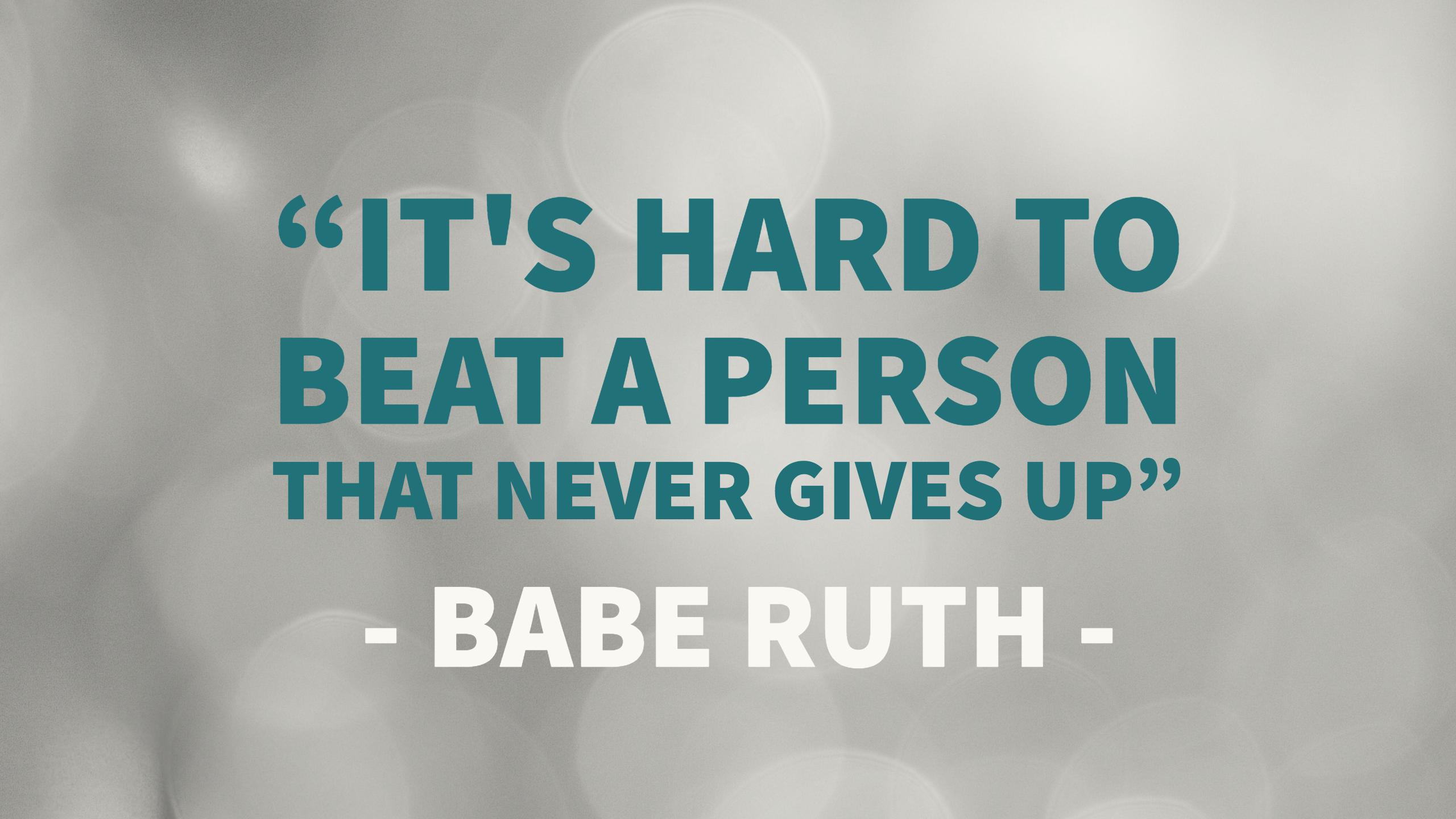
7 tips for developing a growth mindset in your classroom
1. It takes success to create a growth mindset
 Students with a fixed mindset and bad grades don’t get up easily. They will start to neglect their courses with a bad grade, because it’s just not there. They don’t have it in them. That’s where it’s very important to keep motivating your students.
Students with a fixed mindset and bad grades don’t get up easily. They will start to neglect their courses with a bad grade, because it’s just not there. They don’t have it in them. That’s where it’s very important to keep motivating your students.
Once they’ve achieved a success story, they’ll crave for more. Success feeds people. Their fixed mindset will see that their efforts do help. They’ll start to see that their efforts can make them grow. At that point, a mindset shift occurs and they’ll start to think differently, they will develop a growth mindset.
2. Setting micro-goals
 In order to achieve success, it can help to set micro-goals to encourage a student’s consistent progress. Like I said, several small “wins” or success stories can lead to a growth mindset.
In order to achieve success, it can help to set micro-goals to encourage a student’s consistent progress. Like I said, several small “wins” or success stories can lead to a growth mindset.
Setting micro-goals toward the big goal is very important to keep students motivated during their way up.
3. Praise efforts, not intelligence
 Motivate student by encouraging them. Praise their efforts and the strategies they used to solve a problem. Praise their perseverance and their hard work.
Motivate student by encouraging them. Praise their efforts and the strategies they used to solve a problem. Praise their perseverance and their hard work.
Here’s something you shouldn’t do: praise their intelligence. Why? Praise for intelligence can undermine motivation and performance. Children praised for intelligence view intelligence as a fixed trait. They see themselves as smart people, in every way. When they face a failure, they will show less task persistence, less task enjoyment and an overall worse performance.
4. Empower students to ask questions
 Eventually, students will all reach a point where they can’t figure out a solution. This is a good time for them to ask for help. If they dare. It’s important to encourage your students to ask questions.
Eventually, students will all reach a point where they can’t figure out a solution. This is a good time for them to ask for help. If they dare. It’s important to encourage your students to ask questions.
People with a growth mindset are more concerned about growing knowledge and skills than keeping up appearance trying to look smart but not asking any questions.
Students who are interacting with you and ask you questions are more eager to learn and grow.
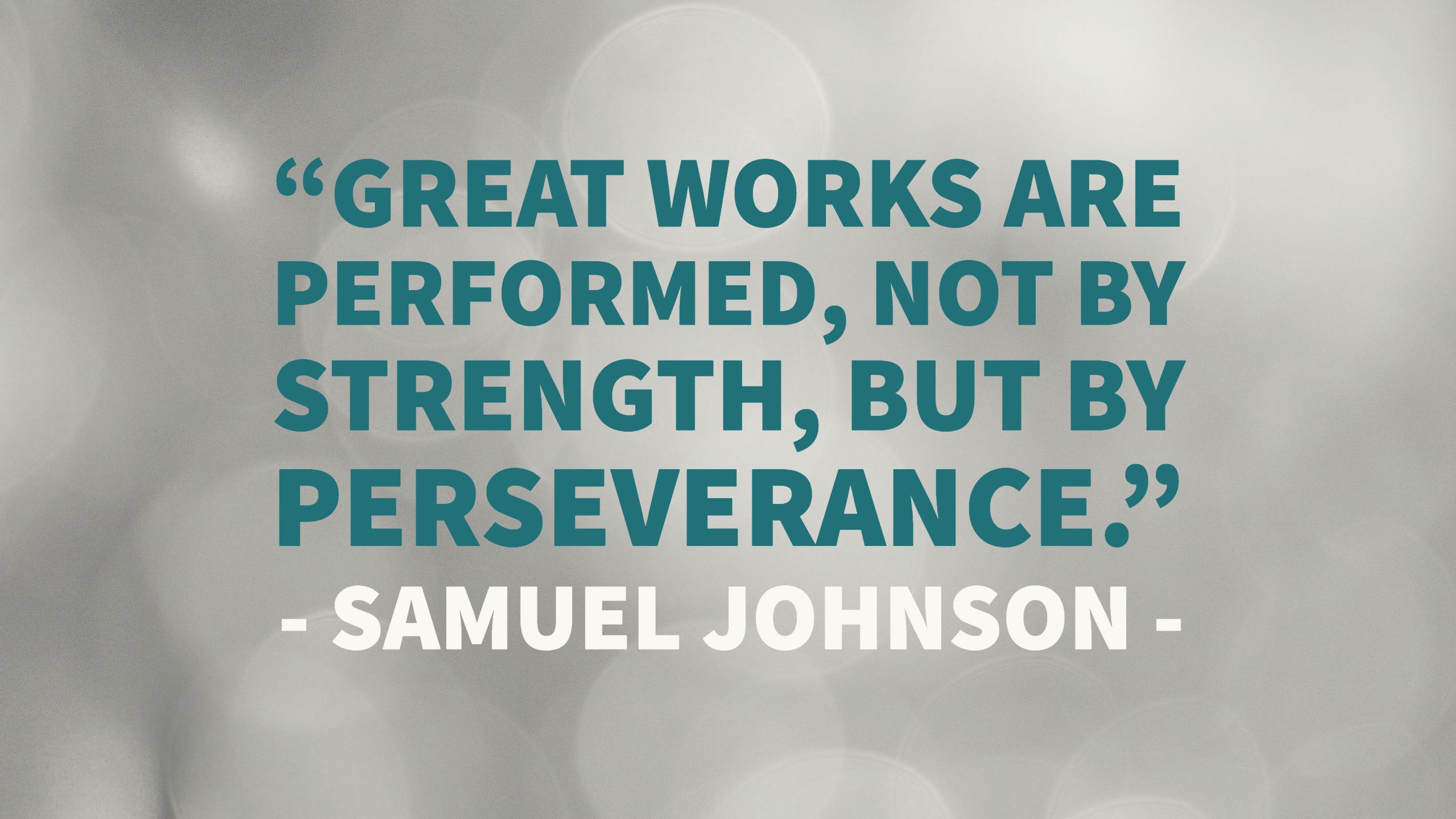
5. Forget about grades
 The intention of a growth mindset is to care about the process, not the outcome. Grades focus too much on the outcome. In a fixed mindset students will forget about their effort, once they see a bad grade. They will believe that their effort is wasted because they got a setback. It’s hard to pull students away from grades, because they study for those grades. Or did you think they learn for fun?
The intention of a growth mindset is to care about the process, not the outcome. Grades focus too much on the outcome. In a fixed mindset students will forget about their effort, once they see a bad grade. They will believe that their effort is wasted because they got a setback. It’s hard to pull students away from grades, because they study for those grades. Or did you think they learn for fun?
That’s where the growth mindset refers to. Learning to get better. Learning because it challenges them intrinsically. With proper feedback and formative assessment instead of summative assessment, a growth mindset can be achieved. The value of learning should be prioritized.
6. The word “Yet”.
 A mindset can be changed by just one short, but important word: “yet”. In a fixed mindset, your students will probably complain about an exercise. “It’s too difficult, I can’t complete this, I can’t remember this”. Now add “yet”. “I can’t complete this, YET. I can’t remember this, YET”
A mindset can be changed by just one short, but important word: “yet”. In a fixed mindset, your students will probably complain about an exercise. “It’s too difficult, I can’t complete this, I can’t remember this”. Now add “yet”. “I can’t complete this, YET. I can’t remember this, YET”
This isn’t just your task. Parents have to start motivating their children from when they are still young. Children replicate their parents’ behavior, so they have to be a decent role model.
This occurred to me when a friend told me about one of her toddlers in school. Toddlers would complain that they couldn’t go to the toilet by themselves, or bind their shoelaces. And we see that as absolutely normal. Until she came across that one toddler that corrected her. The toddler asked her if he could get crafty. She told the toddler that he couldn’t do that. “No”, said the toddler. “We can’t do this YET”. Turns out his parents always told him to keep trying to get better at something.
As it is bad enough that she got corrected by a 5 year old, she realized that everyone of her toddlers, including herself, had a fixed mindset.
7. Cooperative classroom activities
 Assign classroom activities that involve cooperative work, rather than competitive or individualistic work. Students tend to be more motivated and successful when working in groups. Students feel responsible for the group and obliged to try their best. That way they will experience the positive feedback loop of effort and success and therefore develop a growth mindset.
Assign classroom activities that involve cooperative work, rather than competitive or individualistic work. Students tend to be more motivated and successful when working in groups. Students feel responsible for the group and obliged to try their best. That way they will experience the positive feedback loop of effort and success and therefore develop a growth mindset.
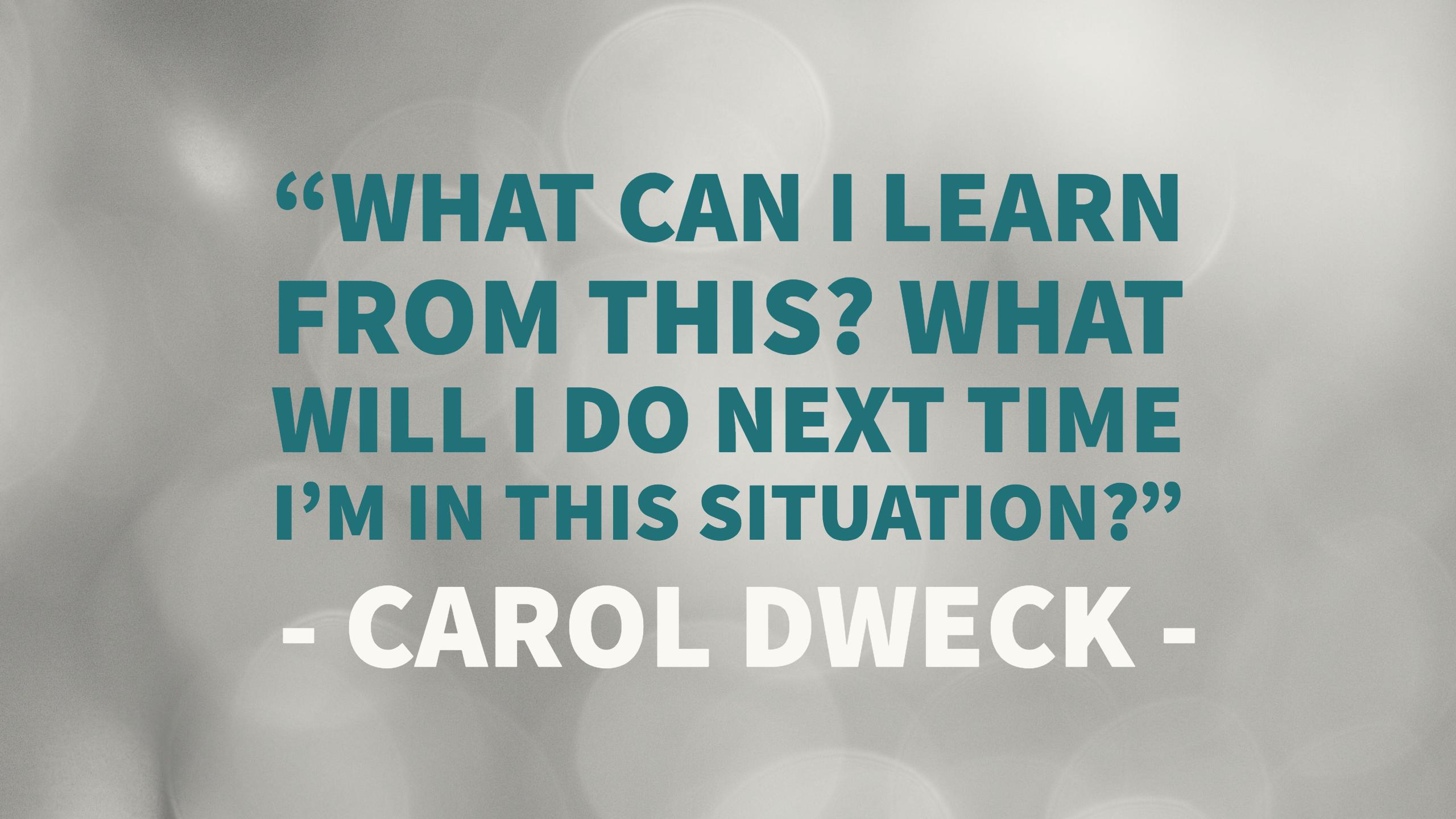
Wrap up
So, that’s it for this post. I hope you’ve learned more about the fixed and growth mindset and what to do to encourage a growth mindset in your classroom to achieve student success. Spread the word by sharing this post. Thanks!
Stay updated on our latest blog posts by following us on Twitter and become a member of our Teaching with BookWidgets Facebook group for a continuous source of inspiration. Interested in connecting with me? Feel free to visit my LinkedIn profile. Your engagement will keep you informed and connected within our educational community.

